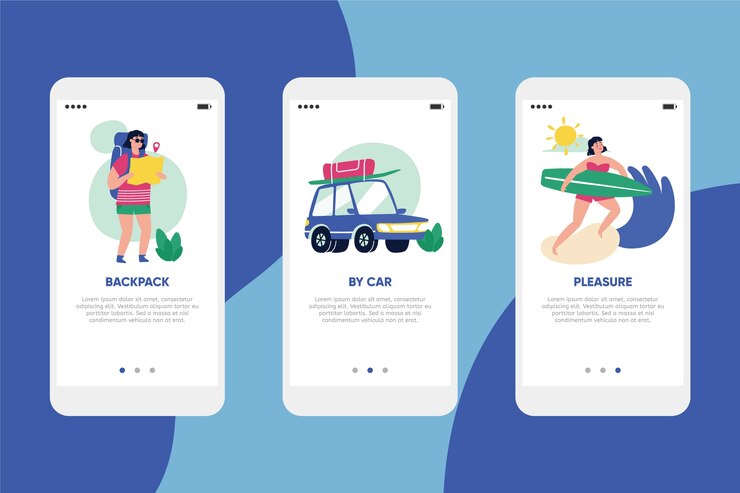The rise of the sharing economy has resulted in the emergence of different peer-to-peer rental platforms, which allow individuals to share their assets while earning money. Turo, a car-sharing company, has grown in popularity by enabling car owners to hire out their vehicles to others. If Turo’s success has inspired you to design your auto rental app, you’ve come to the right place. In this post, we’ll walk you through the necessary steps for creating your own Turo clone app.
Market Research
Before starting development, perform market research to determine demand, competition, and consumer preferences. Analyze existing automobile rental platforms, such as Turo, to determine their strengths and weaknesses.
Define your unique selling proposition (USP)
Differentiate your app by providing unique features or targeting a specific demographic. When defining your unique selling point, consider pricing models, car selection, insurance alternatives, and user experience.
Choose the Right Development Approach
You have two choices: create from scratch or use a clone script. Building from scratch provides more customization but takes more time and resources. Clone scripts offer a speedier solution but may be limited in flexibility.
Select the Technology Stack
Choose the technologies and frameworks you’ll utilize for development. To ensure cross-platform compatibility, you could choose Node.js, Python, or Ruby on Rails for backend development and React Native or Flutter for frontend development.
Design the User Interface (UI) and User Experience (UX)
Create an intuitive and visually appealing interface that allows for seamless navigation. Pay special attention to features such as vehicle search, booking, payment gateway integration, and user profiles.
Implement Core Features
Create basic features including user registration, vehicle listing, search and filtering, booking administration, ratings and reviews, and notifications. Ensure that the app’s functioning is consistent with your USP.
Integrate Payment Gateway
Integrating popular payment gateways such as PayPal, Stripe, or Braintree allows for safe payment transactions. Allow users to choose from a variety of payment methods.
Incorporate Admin Panel
Create a complex admin panel for managing user accounts, vehicle listings, bookings, payments, and disputes. Analytics and reporting tools for monitoring app performance should be part of the admin features.
Implement Security Measures
Prioritize security to secure users’ personal and financial data. To prevent data breaches, use encryption techniques, secure authentication systems, and conduct frequent security audits.
Test Your App
Conduct comprehensive testing to discover and resolve any faults or anomalies. Conduct usability testing to ensure that the app is user-friendly and satisfies the requirements of your target audience.
Launch Your App
Once testing is over, publish your Turo clone app in app stores (Google Play Store, Apple App Store) and promote it through multiple channels such as social media, influencers, and targeted advertising.
Gather Feedback and Iterate
Encourage user comments and reviews so that your software can be continuously improved. Monitor user activity, evaluate stats, and roll out updates or new features based on user feedback and market trends.
Conclusion
Building a Turo clone app needs meticulous preparation, attention to detail, and a focus on providing value to consumers. By following these procedures and remaining responsive to user needs, you may build a profitable automobile rental platform that competes effectively in the market. Remember that innovation and adaptation are critical to maintaining development in the ever-changing sharing economy.





